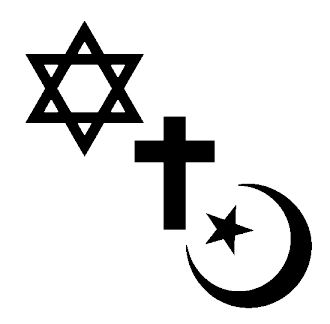
Peddling fear and reflex reactions to terrorism are inherently self-defeating
November 17, 2015Koorah, Nitja, Boordahwan
March 6, 2016Indigenous sovereignty often asserts itself through practices of resistance and recognition. While settler colonial governments have come to offer increasing recognition of indigenous sovereignty by way of things such as ‘welcomes to country’, they also often use their considerable influence to constrain it. James Tully has argued in relation to Canadian constitutionalism that Aboriginal peoples seeking recognition often find all or part of their claims for recognition excluded from the public sphere. During the 2011 Commonwealth Heads of Government Meeting, a gesture of sovereignty and a call for its recognition were made by several senior Noongar leaders. The mass media was complicit in constraining these nonetheless powerful symbolic gestures.
The welcoming ceremonies culminated when(the late) Angus Wallam, a Noongar Elder of great esteem presented a dowak (traditional Noongar waddy) to Queen Elizabeth II.

As I began by asserting, along with Tully, such indigenous demands for recognition are often constrained from manifesting as such in the wider public sphere. This was the case with Angus Wallam’s presentation of the dowak, which the media labelled a “message stick”. Message sticks or “boorna wankiny” are an important part of Noongar material culture no doubt.
But this dowak was clearly carrying a different, more resistant, message.
One significant aspect of the presentation of the dowak to the Queen was the object’s structural equivalence with so-called ‘civic’ or ‘ceremonial’ maces in the tradition of English sovereignty. In the Westminster system, the houses of parliament, and CHOGM, employ ceremonial maces as symbols of sovereign authority. (They are both in fact representations of fighting sticks, although the dowak has other uses as well).
One way to read the presentation of the dowak as an assertion of the encounter as a meeting of legitimate sovereignties and the misrecognition of the dowak by the media as an attempt to neutralize this assertion. The performance of Noongar sovereignty’s equivalence to Crown sovereignty is not so much a veiled critique as it is a solicitation (and even recognition) of the sovereignty of a colonial power in the contact zone of (post) colonial Wadjuk Noongar country. However, by presenting the Queen with a Noongar semiotic equivalent of English sovereignty, Angus Wallam’s gesture also operates as an assertion of Noongar sovereignty and one whose full impact, we saw, the media worked to constrain.
Ironically, the two fighting sticks lay alongside each other for the duration of CHOGM.
(with thanks to Michael Griffiths)
Previously published 29/5/14




